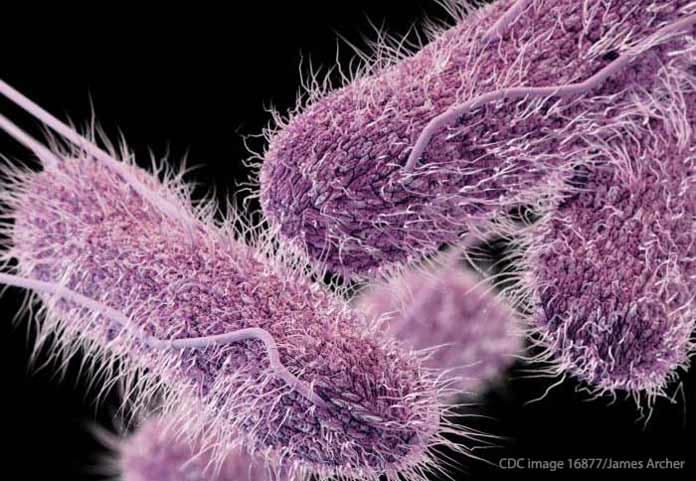Stand up, walk to your kitchen, locate your spice rack, count how many spices you have, remember that number. The Food and Drug Administration, tested a variety of imported spices, 20,000 to be exact, between the years 2006 and 2009, and concluded that 7 percent were contaminated with salmonella pathogen. That means 7 in every 100 spices could contain this bacteria which can cause permanent harm, even death, and while it is unlikely that you yourself have over 100 spices in your kitchen think about your next-door neighbors, the people who live in your building, the residents at the nursing home down the street. Now, take the number of spices you have in your kitchen and consider how many kitchens until someone you know gets seriously sick, scary.

What is even scarier? The specific spices that carry the highest risk of contamination, food preparation fundamentals like black pepper, basil, oregano, cumin, coriander, and sesame seeds rank among the most likely to contain salmonella bacteria. A majority of the spices used in the United States, including those listed, are imported; therefore, it can be challenging to determine definitively at what stage during the farm-to-table chain the product becomes contaminated. However, as most spices are dried prior to processing and shipping, it is likely during this phase of being laid out in the in open sun that they become exposed to the salmonella pathogen, through contact with animal fecal matter.
The US consumption of imported spices has more than doubled in the past fifty years, as more people integrate more spices into their diets it is imperative to implement food safety procedures at the national level to protect consumers from ingesting these dangerous pathogens. In the fall of 2013 the FDA released the “Draft Risk Profile on Pathogens and Filth in Spices, Takes Steps to Strengthen Spice Safety”. The report evaluated “current mitigation and control options” for the spice import industry, and identified viable options for improving such procedures, such as standardization of a pathogen reduction treatment for all imported spices. Unfortunately, even when backed by the World Health Organization and the FDA, such a process takes years to complete.
What can you do to protect yourself as a consumer? Don’t worry the answer isn’t avoid all things flavorful. Rather cook the food you are spicing properly. Despite the study conducted by the American Society of Microbiology which revealed that dried Salmonella cells were significantly more resistant to heat, making it more difficult to eradicate presence of such bacteria, cooking food to the proper temperature can greatly reduce your likelihood of developing salmonellosis. And as always, do not hesitate to call, any of the members of the Bad Bug Law team would be happy to answer your questions.